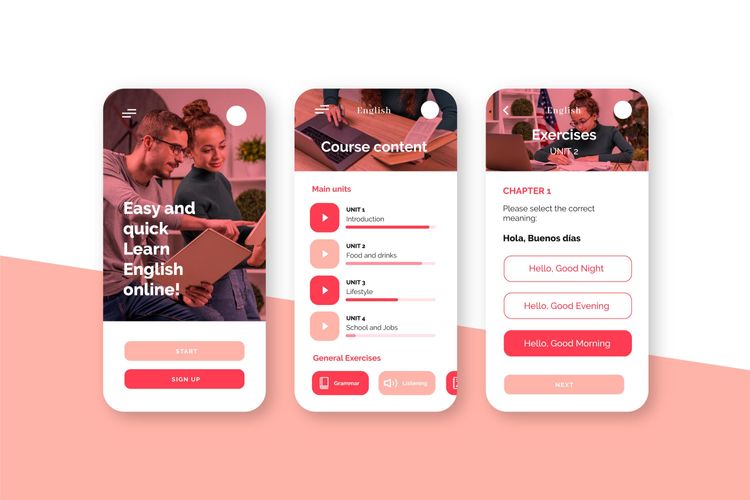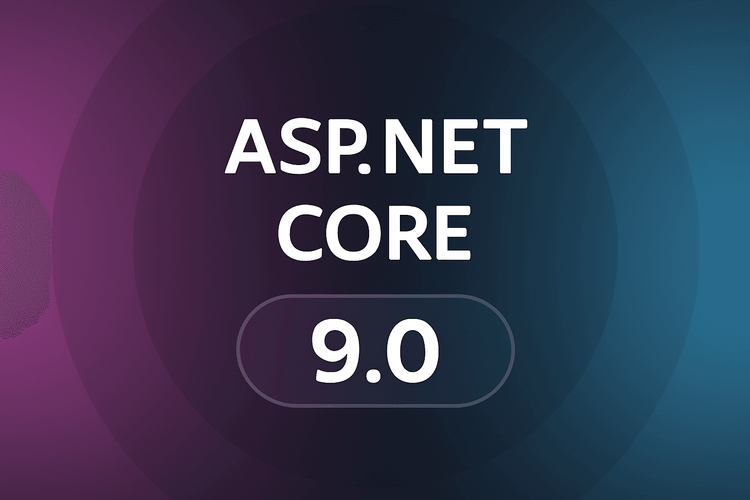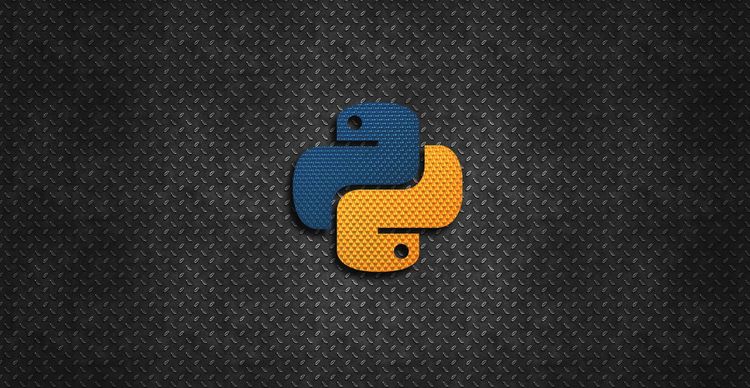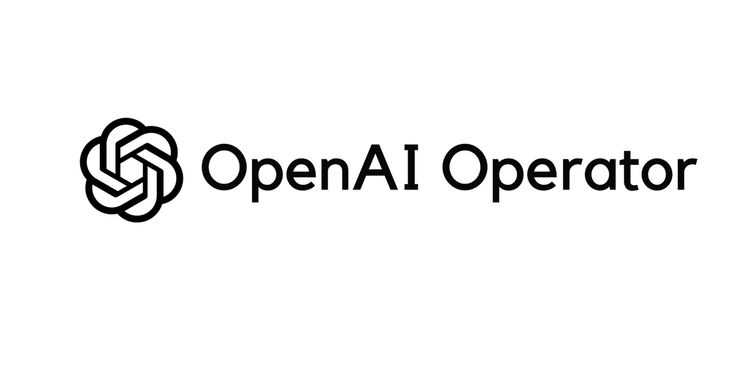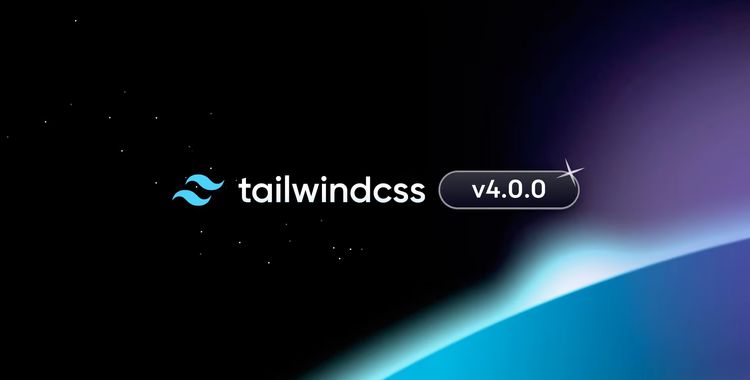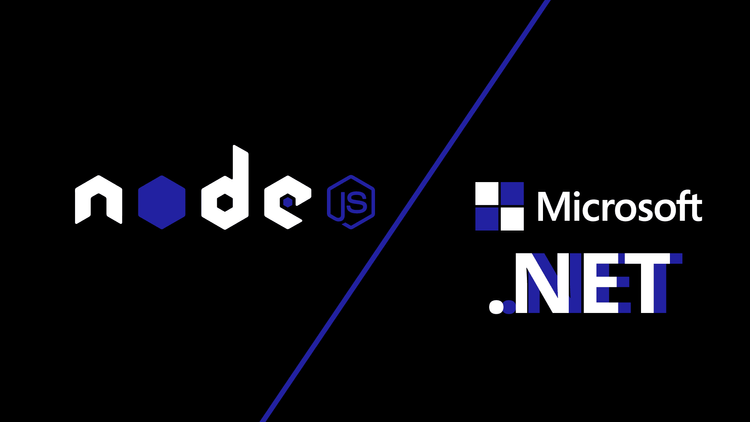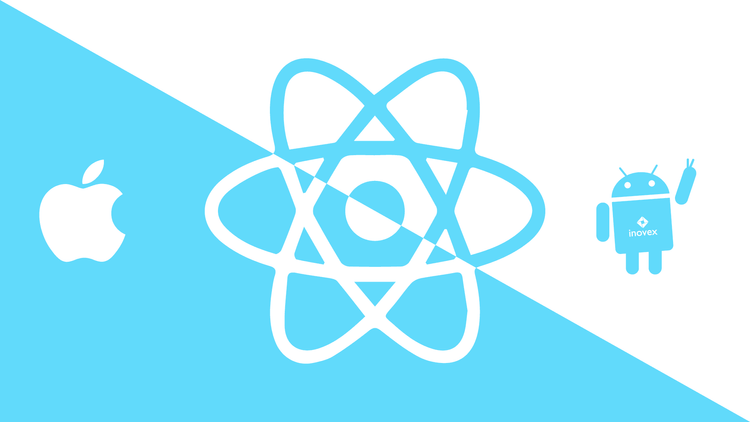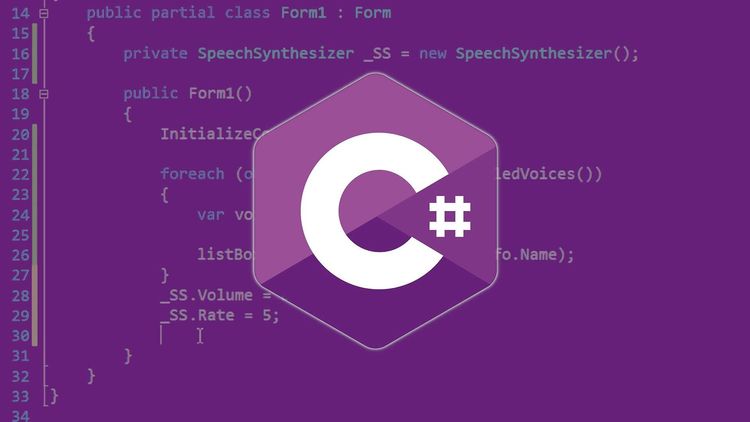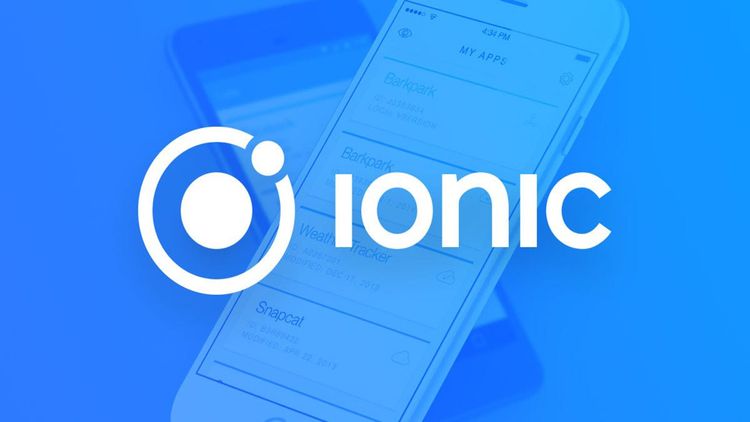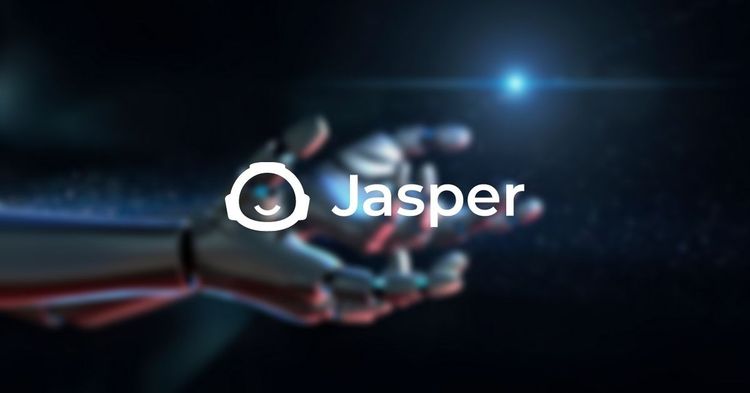In recent years, digital transformation has revolutionized the way companies interact with their audience and manage their operations. This change has made online presence a fundamental requirement for any business looking to stay relevant and competitive in an increasingly digitalized and globalized market. In this context, web development has emerged as a key element in the business strategy of companies. Websites are no longer just a means to display static information; they are now dynamic and interactive platforms that allow companies to connect with their audience in a more effective and personalized way. PHP, as one of the leading programming languages for web development, has played a fundamental role in this evolution. With its ability to create dynamic and scalable web applications, PHP has allowed developers to create websites and applications that go beyond simply displaying static content. Thanks to its flexibility and power, PHP has driven the creation of richer and more engaging online experiences for users. In this article, we will tell you how PHP can completely change the presence and optimization of your website.
What is PHP?
PHP is a widely used general-purpose programming language for web development. Its name is a recursive acronym that stands for "PHP: Hypertext Preprocessor". It was originally created by Rasmus Lerdorf in 1994 and has evolved since then with the contribution of a large community of developers around the world. PHP is mainly used to create dynamic and interactive web applications, which means it can process data and generate HTML content that is sent to the client through the web server. Its syntax is designed to be simple and easy to learn, making it accessible for beginners but also powerful enough to handle complex web applications. One of the most important features of PHP is its integration with databases, which allows developers to create web applications that can efficiently store and retrieve information. PHP is compatible with a wide range of database management systems, such as MySQL, PostgreSQL, and SQLite, among others. In addition to its ability to interact with databases, PHP offers a wide range of functionalities for web development, including form handling, user session management, file and directory manipulation, and dynamic graphics creation, among others.

The Transformative Potential of PHP for Your Website
PHP is a language that can bring great benefits to your website, however, only development experts can help you find the weak points of your website and enhance them with the help of PHP. PHP is a programming language widely recognized for its ability to significantly improve the functionality and user experience of websites. Its versatility and power make it an invaluable tool for developers and website owners looking to optimize their online platforms. However, fully harnessing the capabilities of PHP may require the expertise and knowledge of specialized developers who understand the intricacies of this language. By integrating PHP into a website, developers can implement a wide range of advanced features and functionalities that go beyond simple static pages, such as: -Interactive Forms: Interactive forms are essential in the modern web, and PHP makes them powerful. Developers create dynamic forms that adapt to the needs of users and the system. Additionally, PHP handles various types of input data, from text fields to select options, allowing for a wide range of user information to be collected. At the same time, a major advantage is data validation before processing, ensuring the integrity and security of the information. Furthermore, PHP protects forms against malicious attacks, such as SQL injection and CSRF. PHP forms can perform actions such as storing data, sending emails, or generating reports based on user information.
-Databases: PHP can connect with a variety of database management systems, such as MySQL or PostgreSQL, allowing developers to efficiently store and retrieve information. This capability enables content customization based on user preferences or session context. For example, on an e-commerce site, PHP can display recommended products based on the user's purchase history. Additionally, PHP simplifies the execution of SQL queries, abstracting the underlying complexity of interacting with the database. It provides specific functions for common tasks, such as connection, insertion, updating, and deletion of records.

-Dynamic Content Generation: PHP allows developers to create websites that adjust in real-time to variables such as the time of day, user location, or database data. Through conditionals and loops, PHP adapts the site's content according to the context and user preferences. For example, it can customize the interface based on the user's location or display relevant content based on data stored in the database, such as recommended products on an e-commerce site. This capability makes websites more dynamic and attractive, improving the user experience by providing relevant and updated content without the need to manually modify each page. In summary, dynamic content generation with PHP is essential for creating personalized and effective user experiences in the delivery of information and services online.
-API and Web Service Integration: PHP offers a strong ability to integrate third-party APIs and web services into websites, significantly expanding their functionalities. Developers can integrate services such as online payment systems, analytics, and social media to enhance user interaction and site functionality. Through functions like cURL, PHP simplifies the process of sending and receiving data over HTTP, allowing developers to interact with a variety of web services based on REST, SOAP, and other protocols. This integration opens the door to more dynamic user experiences, such as automatically calculating shipping costs on an e-commerce site or displaying the local weather forecast on a news site. Additionally, API and web service integration can improve site efficiency and scalability by leveraging the resources of specialized external services.

It is evident that PHP offers transformative potential for web development by providing a unique combination of dynamism, flexibility, compatibility, security, performance, and reliability. In the future, PHP is expected to continue evolving to adapt to the changing demands of modern web development. With the growth of emerging technologies such as artificial intelligence, augmented reality, and the Internet of Things, PHP could expand to integrate these innovations and offer tools and libraries that facilitate their implementation in web applications. For now, we can only wait and continue to make the most of this technology.






